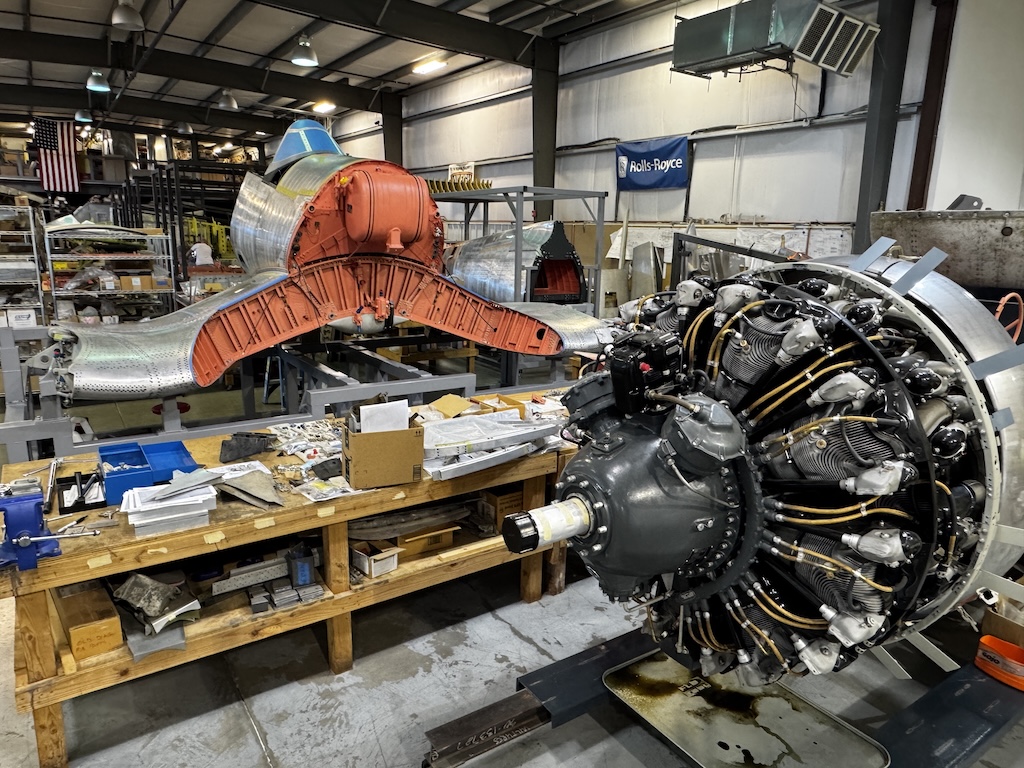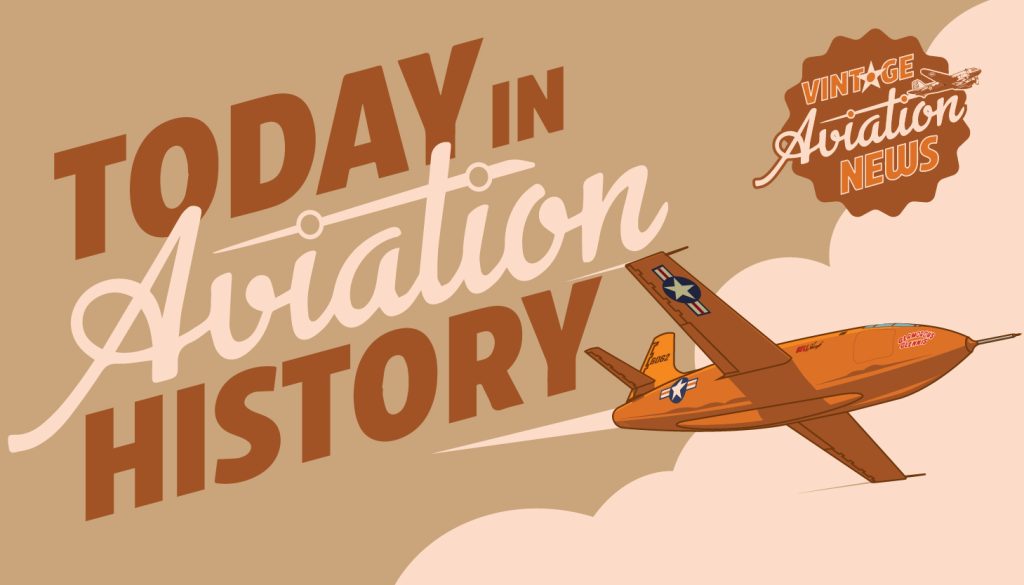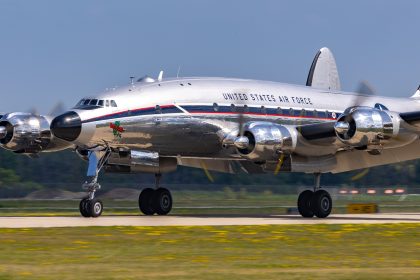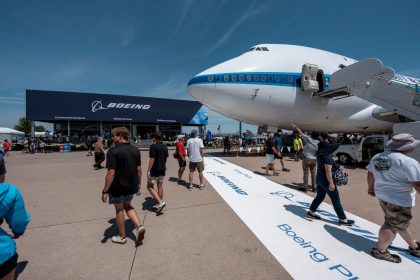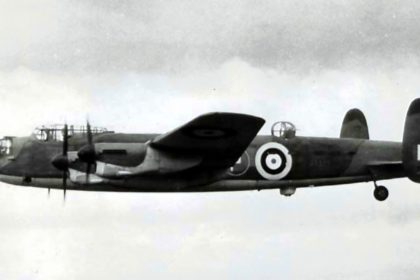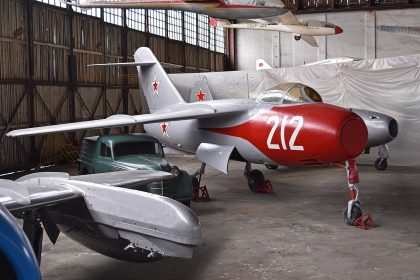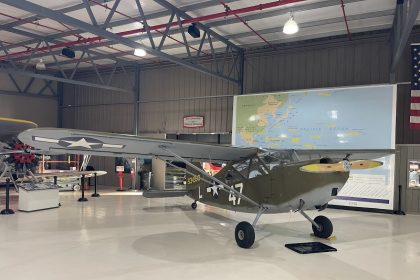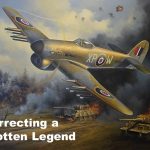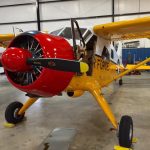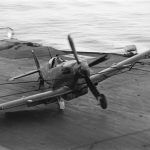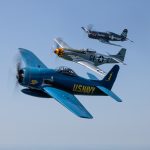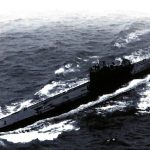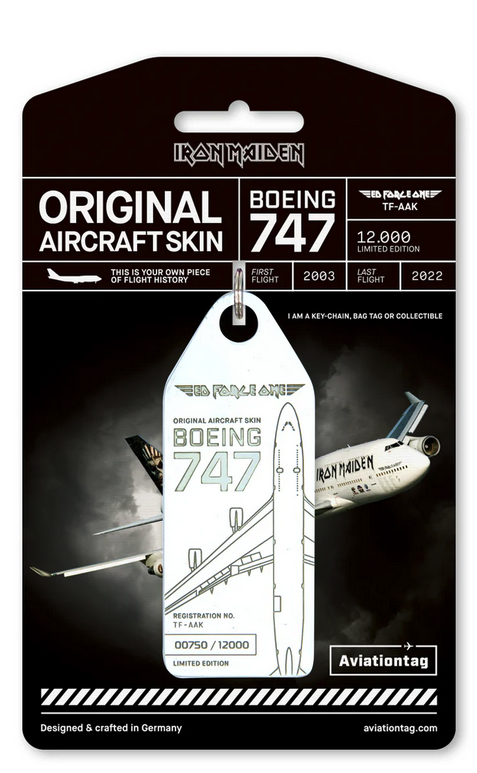On this day in aviation history—85 years ago, on May 29, 1940—the prototype Chance Vought F4U Corsair took to the skies for the first time. Designated XF4U-1 (bureau number 1443), the aircraft was flown by Vought-Sikorsky Aircraft’s Chief Test Pilot, Lyman A. Bullard Jr., from Bridgeport Municipal Airport in Connecticut. This flight marked the beginning of the Corsair’s legendary journey, which would be forged in the crucible of aerial combat.
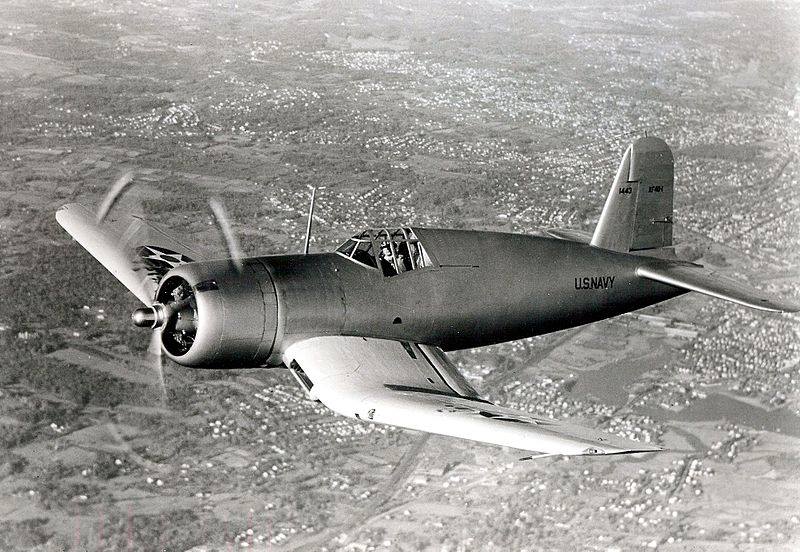
The F4U Corsair was a single-seat, carrier-based fighter aircraft designed and built in the United States. It quickly became iconic for its distinctive inverted gullwing design—a solution that provided ground clearance for the large propeller, accommodated the robust landing gear, and allowed space for wing-mounted oil coolers. This wing configuration also contributed to improved aerodynamic efficiency and stability.
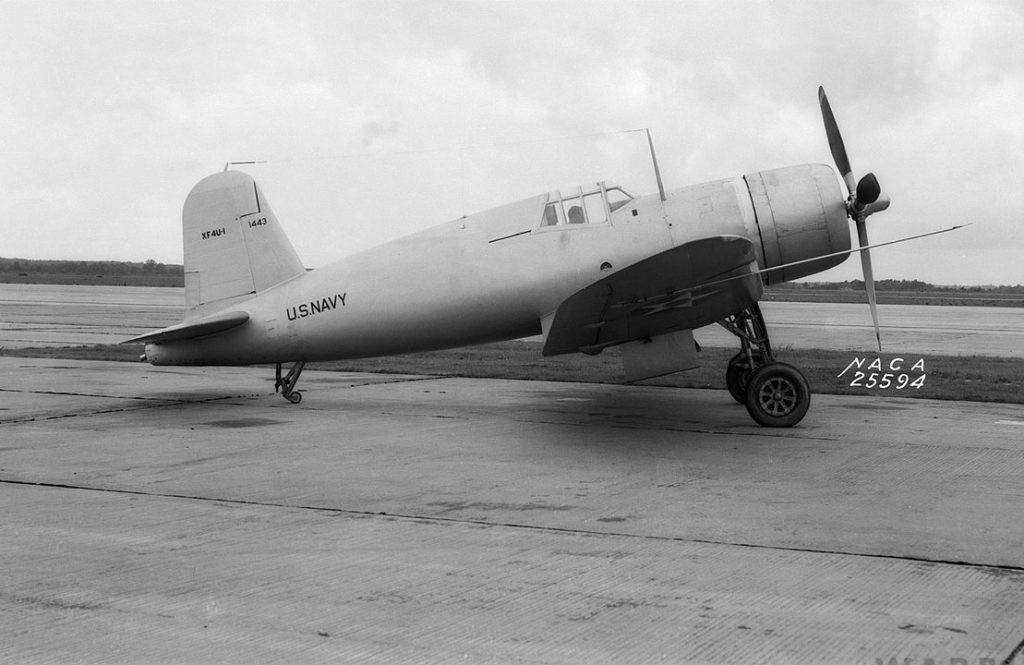
During World War II, the Corsair served extensively with both the U.S. Navy and Marine Corps, and it became one of the most successful carrier-based fighters of the conflict. Its rugged construction, high speed, and heavy armament made it a formidable opponent in both air-to-air combat and ground attack missions.

Powering the Corsair was the 2,380-horsepower Pratt & Whitney R-2800-18W radial engine, giving it a top speed of 446 mph. The aircraft had a combat range of 328 miles and a service ceiling of 41,500 feet. The F4U-4 variant featured a four-bladed propeller and was armed with six .50 caliber M2 Browning machine guns, each supplied with 375–400 rounds. It could also be equipped with eight 5-inch High-Velocity Aircraft Rockets (HVARs) and carry up to 4,000 pounds of bombs, making it a potent multi-role platform.
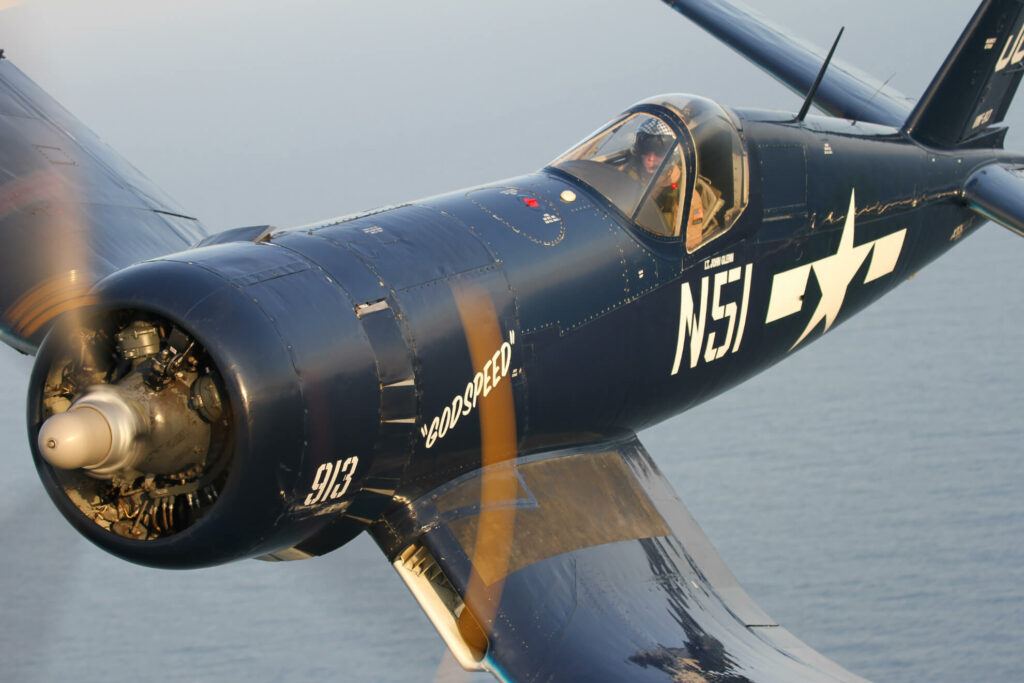
In total, 12,571 Corsairs were produced for the war effort. While many were scrapped after WWII, a significant number survived. Today, 38 Corsairs remain airworthy and are regularly seen flying at airshows across North America, the United Kingdom, Australia, New Zealand, and mainland Europe. Many more are under restoration to return to the skies—a fitting tribute to an aircraft that earned its place among the greats. Keeping the Corsair flying is a way to preserve its legacy and honor the generations of aviators who once flew her into battle.
